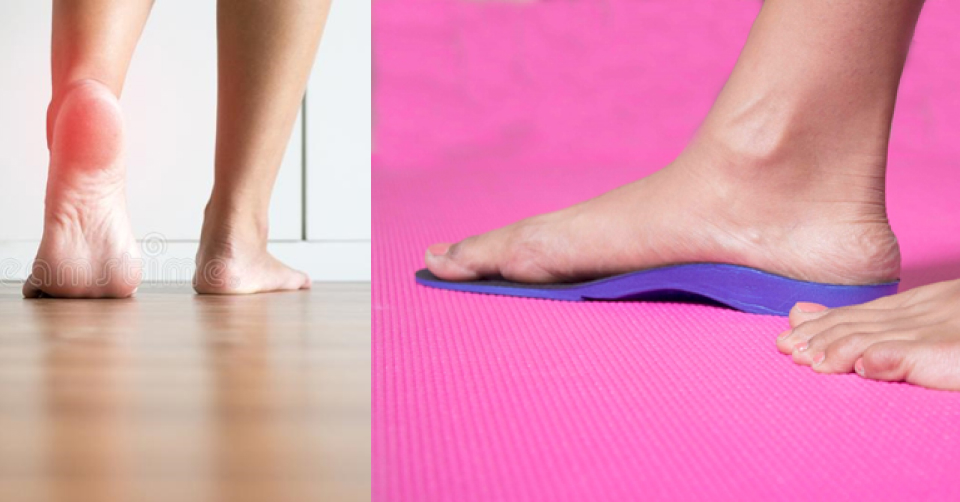
All About Orthotics
Orthotics are prescribed insoles (full length, 3/4rth, or heel ) or footwear( slippers, sandals, or shoes for various conditions like – flat feet, calcaneal spurs, feet, ankle and knee pain, shin splints, etc. They are mostly custom-made for the individual.
How do orthotics help?
Poor biomechanical alignment of the feet (common with people with flat feet) leads to improper weight-bearing and loading. Since our feet are the first contact with the ground, this leads to quicker wear and tear of the joints of the feet, ankle, and knees. This leads to pain fatigue.
Orthotics help in correcting the alignment, helping the foot and ankle to work better. Orthotics also give better support to the ankle thereby reducing injuries.
Where can you get them?
Though orthotics are available in shoe shops or medical stores, it is advisable to get yourself evaluated for your problem with a podiatrist, an orthopedic, or a physiotherapist specializing in orthotics.
Once a detailed assessment is done to find out the cause of your problem, they will prescribe an orthotic tailor-made for you. The orthotics are of various types. Your body weight, foot shape, arches, activity level, clinical testing and investigations like x-ray or MRI determines the orthotic best suited for you.
The doctor will ask you to do a trial of the orthotic by walking, squatting, jumping to see your response. Adjustments such as wedges can be put, depending on the response.
After you are given orthotics, you will also be given an exercise program to stretch and strengthen your lower limb muscles, to enhance the effect of the orthotics.






